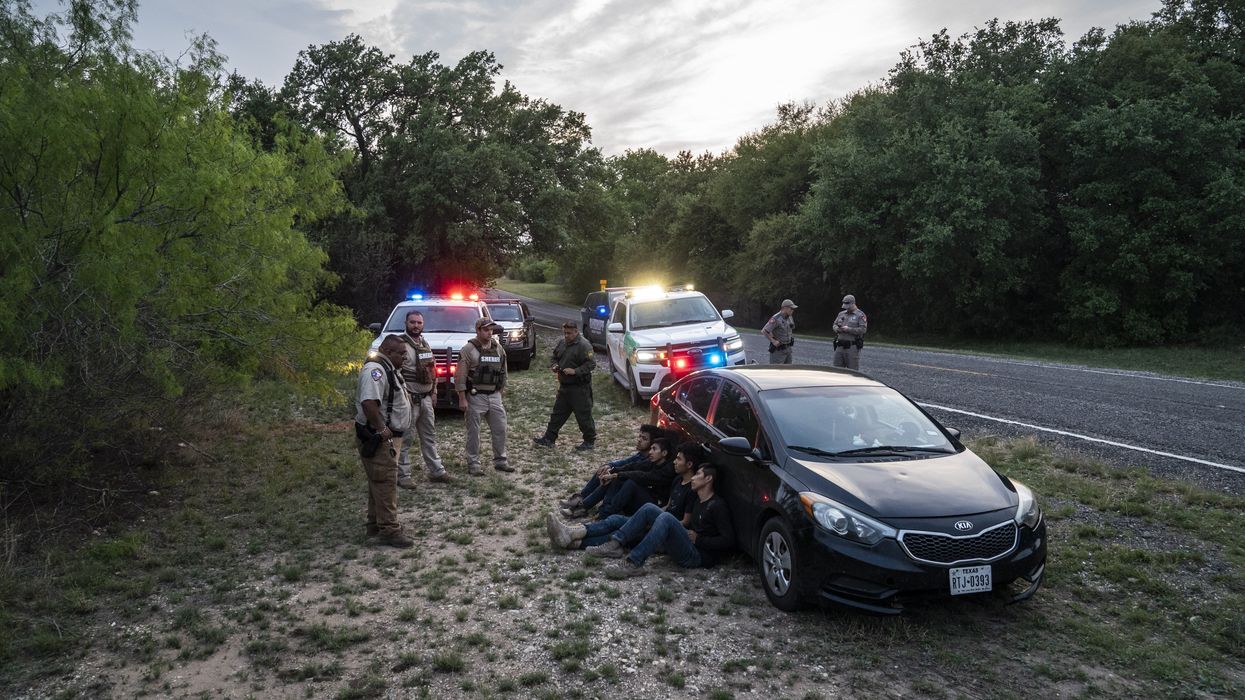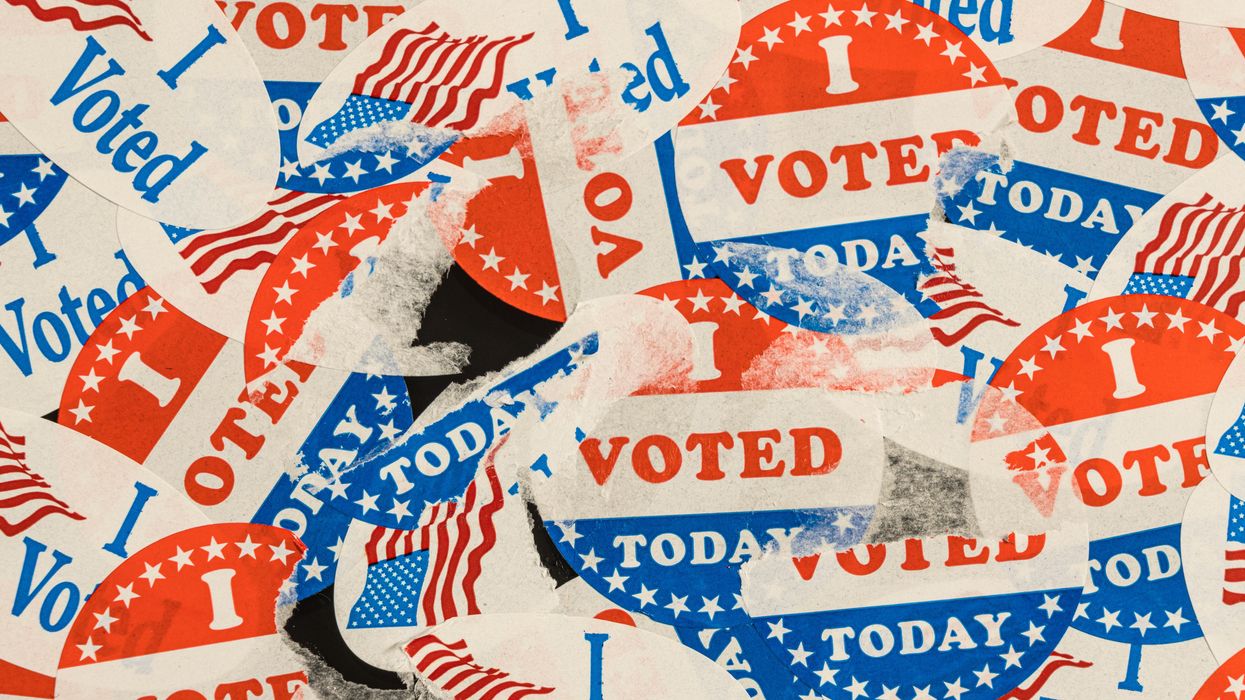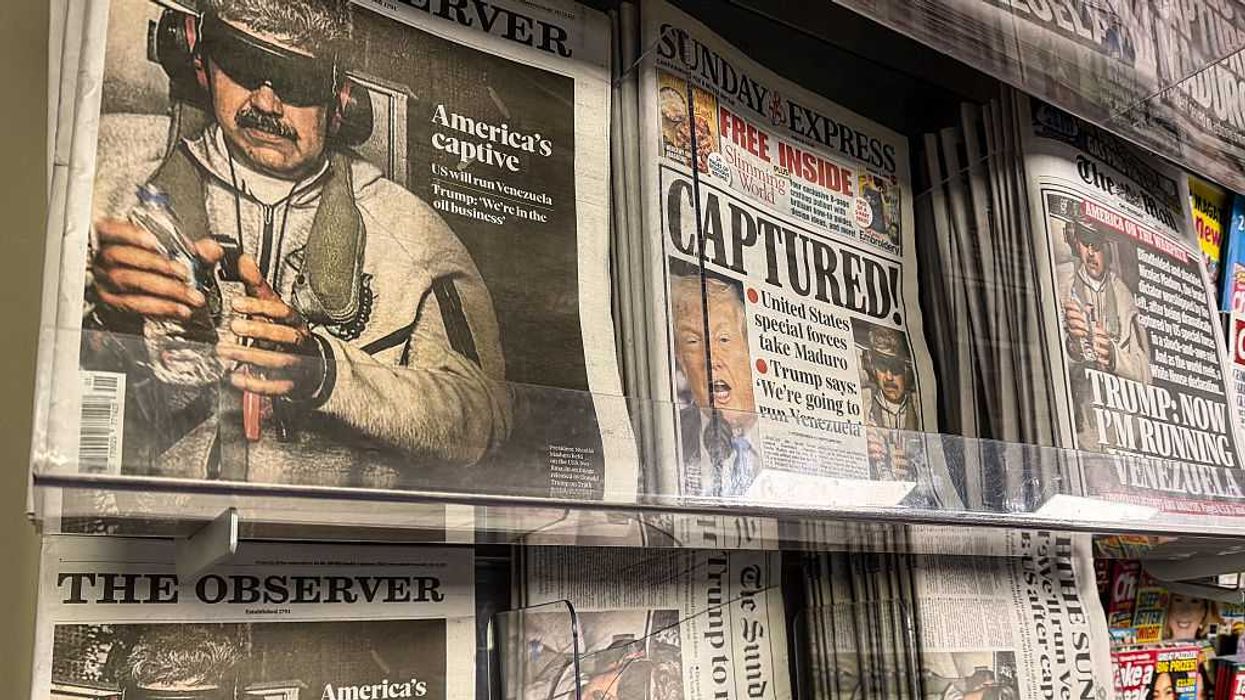Breslin is the Joseph C. Palamountain Jr. Chair of Political Science at Skidmore College and author of “A Constitution for the Living: Imagining How Five Generations of Americans Would Rewrite the Nation’s Fundamental Law.”
This is the latest in a series to assist American citizens on the bumpy road ahead this election year. By highlighting components, principles and stories of the Constitution, Breslin hopes to remind us that the American political experiment remains, in the words of Alexander Hamilton, the “most interesting in the world.”
We could all use a strong dose of John Jay in our current political brew.
Not known as an idealist, the New York diplomat and jurist nevertheless penned a rousing defense of America’s experiment in energized national government. “This country and this people,” he wrote in the second Federalist paper, “seem to have been made for each other, and it appears as if it was the design of Providence, that an inheritance so proper and convenient for a band of brethren, united to each other by the strongest ties, should never be split into a number of unsocial, jealous, and alien sovereignties.”
His point? That the United States is a divine and unique polity, one where the land and people are conjoined, forged by the bonds of injustice, and strengthened by a shared history of tenacity.
Of course, he was writing on the heels of the American Revolution, when most Americans experienced first-hand the violence and heartache associated with an international, and very public, divorce from Great Britain. He was trying to inspire. He was also trying to convince his fellow countrymen to ratify the proposed new plan of government and to reject the notion that “alien sovereignties” — states, in other words — were more equipped to protect our fundamental liberty. To be sure, his words were meant for a different generation of Americans.
Even so, they resonate just as powerfully today. Or at least they should, if we stop for a moment and consider how the current political landscape looks. I think it is fair to say that we are witnessing the most “unsocial” and “jealous” period of federal-state relations since the civil rights period of the 1960s.
Consider the bedlam at the southern border, one of the most intractable, and politically charged, issues of our lifetime.
Illustration No 1: the border feud between Texas Gov. Greg Abbott and the Biden administration. Abbott, a Republican, recently closed a large public park along the Rio Grande, refusing to allow federal Border Patrol agents access to roughly 2.5 miles along the U.S.-Mexico border. Through Operation Lone Star, Abbot wants to take control of the immigration problem, to strip away as much as possible the federal presence and to apply far more draconian measures on those seeking entry.
Abbott justified the action by citing the state’s “constitutional right to self-defense.” The problem is that immigration has historically fallen under federal jurisdiction. Denying federal Border Patrol agents entry into areas popular with immigrants is the equivalent of ignoring long-standing legal conventions that, for sound and good reasons, relegated state authority. And yet Republican governors around the country, as well as members of the GOP congressional caucus, are applauding Abbott’s rogue moves.
Illustration No. 2: Left-leaning governors are blatantly defying federal authority too. Six Democratic governors and two progressive Republican state leaders resisted President Donald Trump’s 2018 order to send National Guard troops to the southern border, say the White House’s policy of separating children from their parents was morally disqualifying.
Trump’s authority to activate National Guard troops was clear; it derived from several congressional statutes that permit presidents to “federalize” guard troops. Both Barack Obama and George W. Bush successfully used state guard troops. And yet when Trump tried to do so, these eight governors refused to abide by the orders. Oregon Kate Brown even took to Twitter to announce her defiance. “I have no intention of allowing Oregon’s guard troops,” she insisted, “to be used to distract from [Trump’s] troubles in Washington.”
This is a problem. When governors resist certified and widely accepted federal authority, they tatter the very fabric of American distinctiveness, what Jay referred to as the “strongest ties” that unite us. We succumb to those “unsocial jealousies” that he feared would be divisive. The entire plan for the American government is turned on its head. Doubtless, the same will be said when officials in Washington run roughshod over state jurisdiction, but those occasions are far more palatable because of the nature of our political design. Here’s how:
The Constitution mandates that the federal government is supreme. Not always and not in every instance. But mostly. Article VI, Clause 2 — the supremacy clause—as well as the 10th Amendment (which proclaims that states are only left with powers not already delegated to the federal government) went a long way towards shifting the locus of power from the states (under the abandoned Articles of Confederation) to the national government (under the Constitution).
That shift was crucial; from now on, the Founding generation agreed, the federal government will maintain command over those in the statehouses and the governor’s mansions. Those “alien sovereignties” are thus, by design, subordinate.
We can live with that hierarchy, of course, because our republican design for government encourages participation in federal elections: We can change the trajectory of policy in Washington through the ballot box, but we have no power to do so in states in which we do not reside. In other words, We the People collectively determine our national destiny. We decide, through our representatives in Washington, what direction we want to proceed, on immigration and most other policy areas. The same is not true when states outwardly challenge federal authority. Those who live outside Texas have no recourse when Abbott resists our collective will; the 90.1 percent of Americans who reside outside of Texas cannot vote him out of office. Federal supremacy has an inherent logic to it.
We are a divided nation, and some may find relief in the actions of these insolent governors. But history has shown that more unites us than divides us. Even during the late 18th century, the country was a pluralist amalgamation of distinctive identities. The South was very different from the North; the rural farmer was very different from the urban merchant; the Italian immigrant was very different from the Irish one; the Methodists were very different from the Anglicans. And yet for the most part Americans of all identities shared a similar birth narrative, and a common cause in the enduring quest for freedom, justice, and peace. Politics was present then — it has always been present. But party affiliation wasn’t the uniform worn by the enemy and governors didn’t defy federal power for name recognition and electoral posturing.
If we could recover just a portion of Jay’s optimism, just a small sense that the country and its people were “made for each other,” we would emerge in a far better place. If we could put regional differences aside and embrace the ideal that, in the national sense, we are a “band of brethren,” we would honor the splendor that is the American political experiment. Our vitality, John Jay precisely declared, is found in our unity.





















